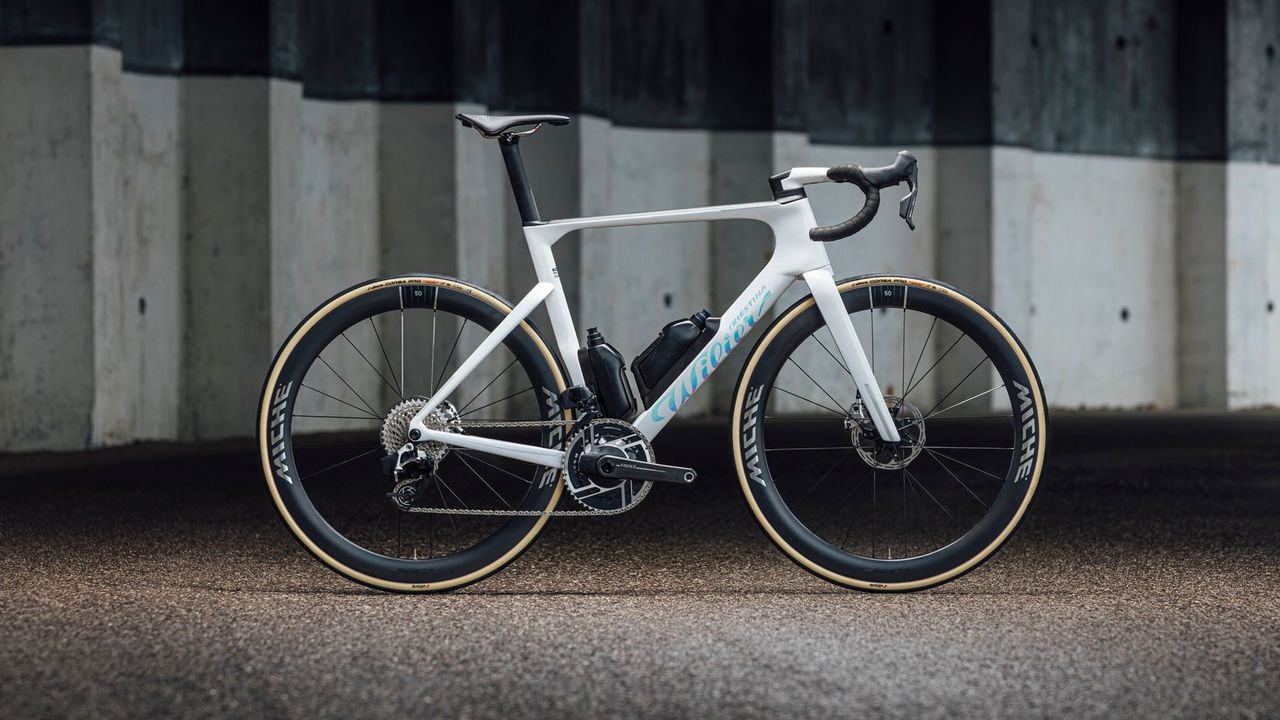
Almost five years after the original bike's launch, Wilier has launched the brand new Filante SLR ID2 aero race bike today.
Five years is quite a while in the premium road cycling space, but it's a blink of an eye compared to Wilier Triestina's 100+ year company history. The Italian brand has been making bicycles for a long time, and appears to have taken its time on the new Filante.
The Filante SLR ID2 has been teased online over the last few weeks. We spotted a few things on Instagram and even spied the bike at the Tour of Lombardy being ridden by Romain Grégoire, who races for the Wilier-sponsored (Groupama-FDJ) squad. In the five years since the last Filante SLR launched, the brand has released the very expensive Supersonica TT bike and Verticale SLR climbing bike.
This is a bike that will be ridden in the world's very biggest road races next year. There's a focus on speed and performance here, and Wilier has gone into some depth on the new bikes' design features, which we will get into.
I also attended the launch of the bike in Northern Italy recently, and you can read my first ride review of a Filante SLR ID2 to see what I made of the new bike.
The new bike will be available as a frameset along with eight complete builds in five colours using SRAM, Shimano and Campagnolo equipment. All bikes will also come with Miche Kleos 50 wheels. We have included full prices below, but a base model will start at £8,950 / €9,900 / $11,500, and rise to $15,900 / €13,100 for a Super Record WRL 2X13 build.
The new Filante SLR ID2
The brand claims this bike 'represents the ultimate evolution of Wilier's racing bikes'. Plenty of technical design work appears to have gone on, but Wilier also has a rich heritage, passion for aesthetics and tradition that is clearly important to uphold; aesthetics would never be sacrificed on the road to performance.
There are plenty of aero claims to share this time, with Wilier testing the bike at the UK's Silverstone Sports Engineering wind tunnel. The topline from the brand is that a 13.6% reduction in drag compared to the previous Filante model was achieved, with a 4.5% recorded improvement in aerodynamic resistance for a bike and rider system. In short, compared to the old bike, Wilier claims 14.15 watts were saved at 40 km/h.
Wilier also claims it tested the Filante ID2 against five other 'top of the range' WorldTour race bikes. Claiming its bike had an 'average aerodynamic resistance coefficient 2.42% better'. I asked the brand which bikes it tested against, as well as a couple of other questions, but as of yet haven't received details of the bikes in question, but will add them when I hear back.
A lot has been done to make this bike fast, and it seems Wilier has focused on a fast overall system, arguing that bike and rider need to be fast together.
The most eye-catching of the Filante SLR ID2 features are those new aero water bottles and cages, and you might be forgiven at first glance for thinking that's all that has happened.
A fair bit of change has occurred, but generally, the existing Filante silhouette is still there. Let's start from the front and work backwards.
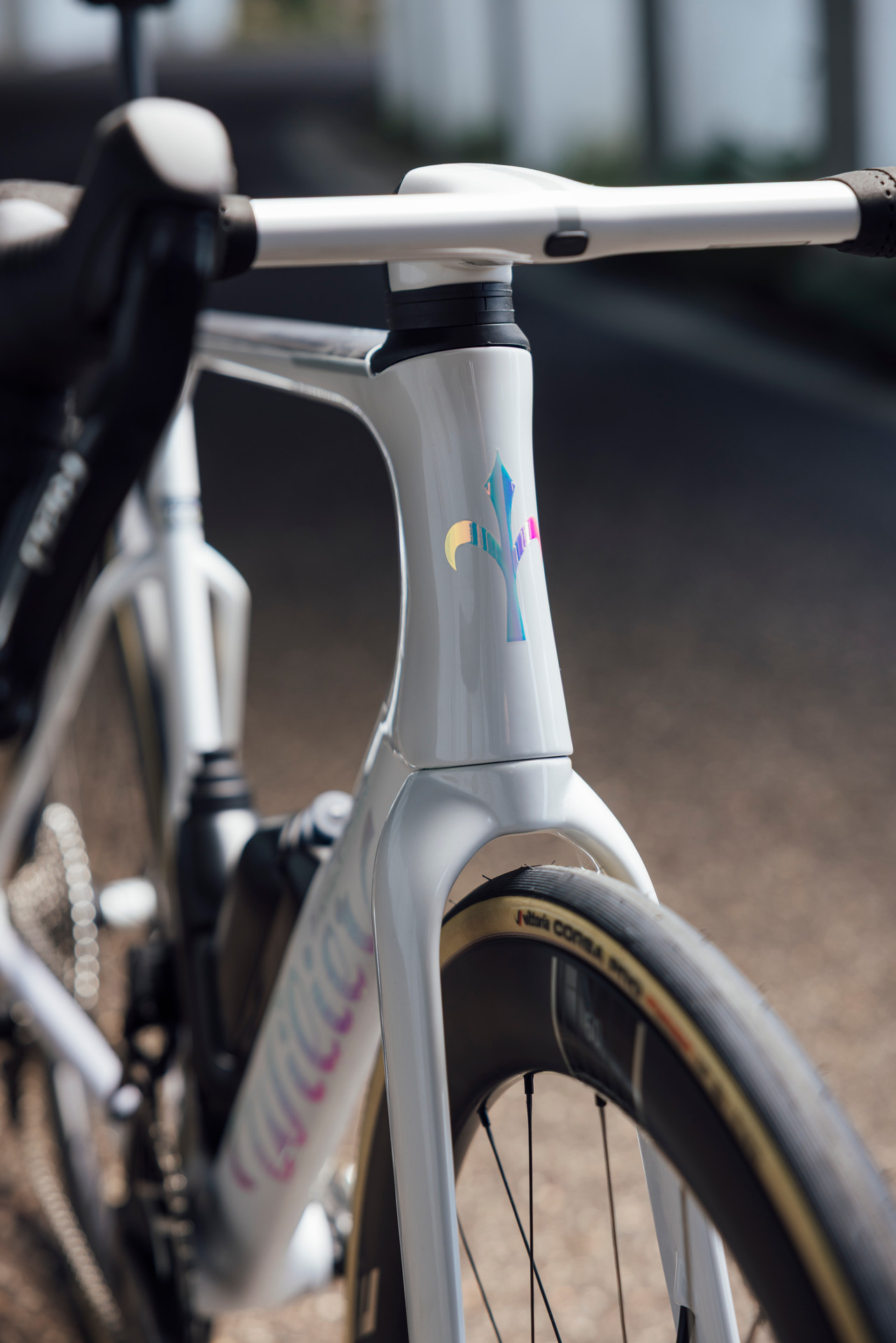
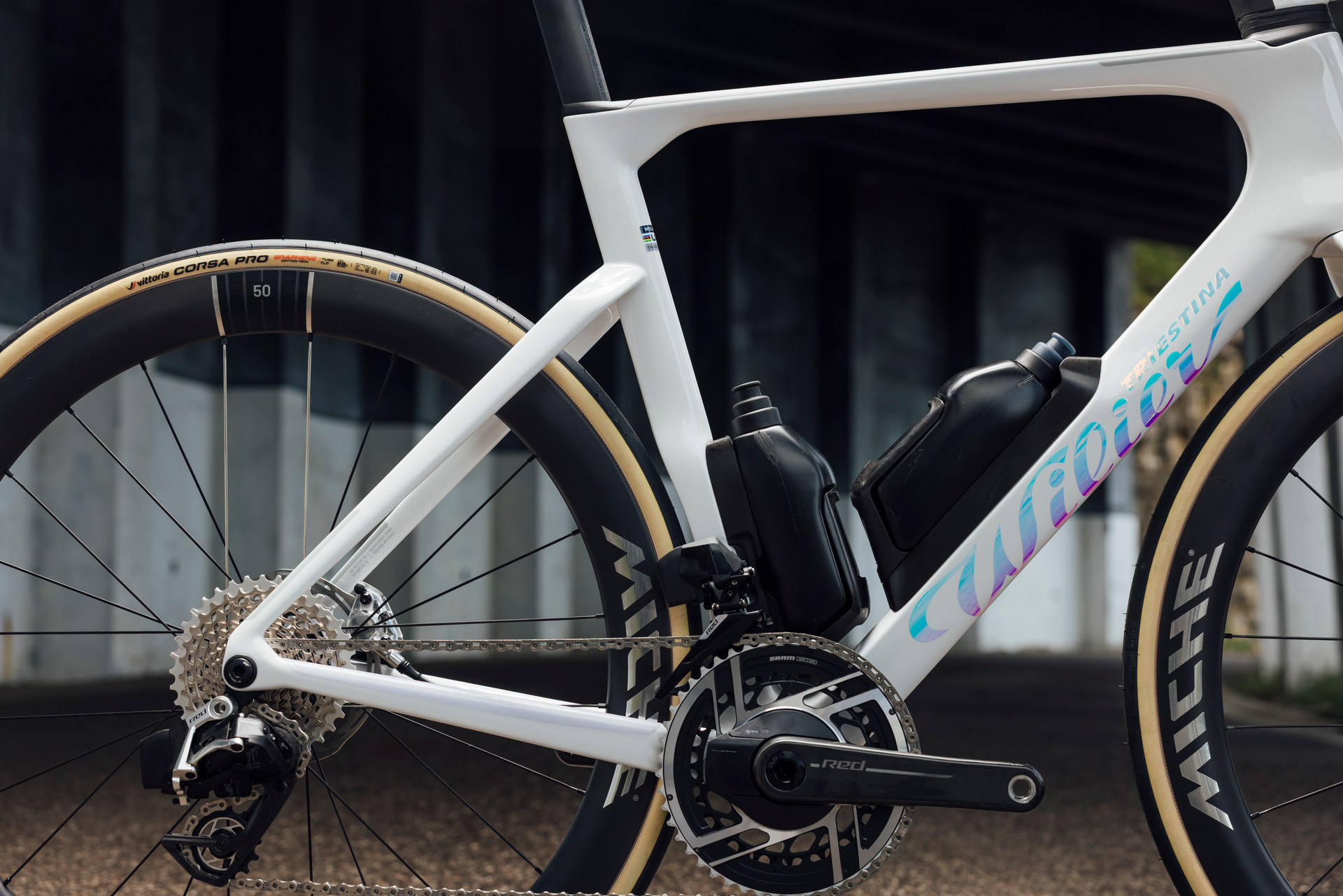
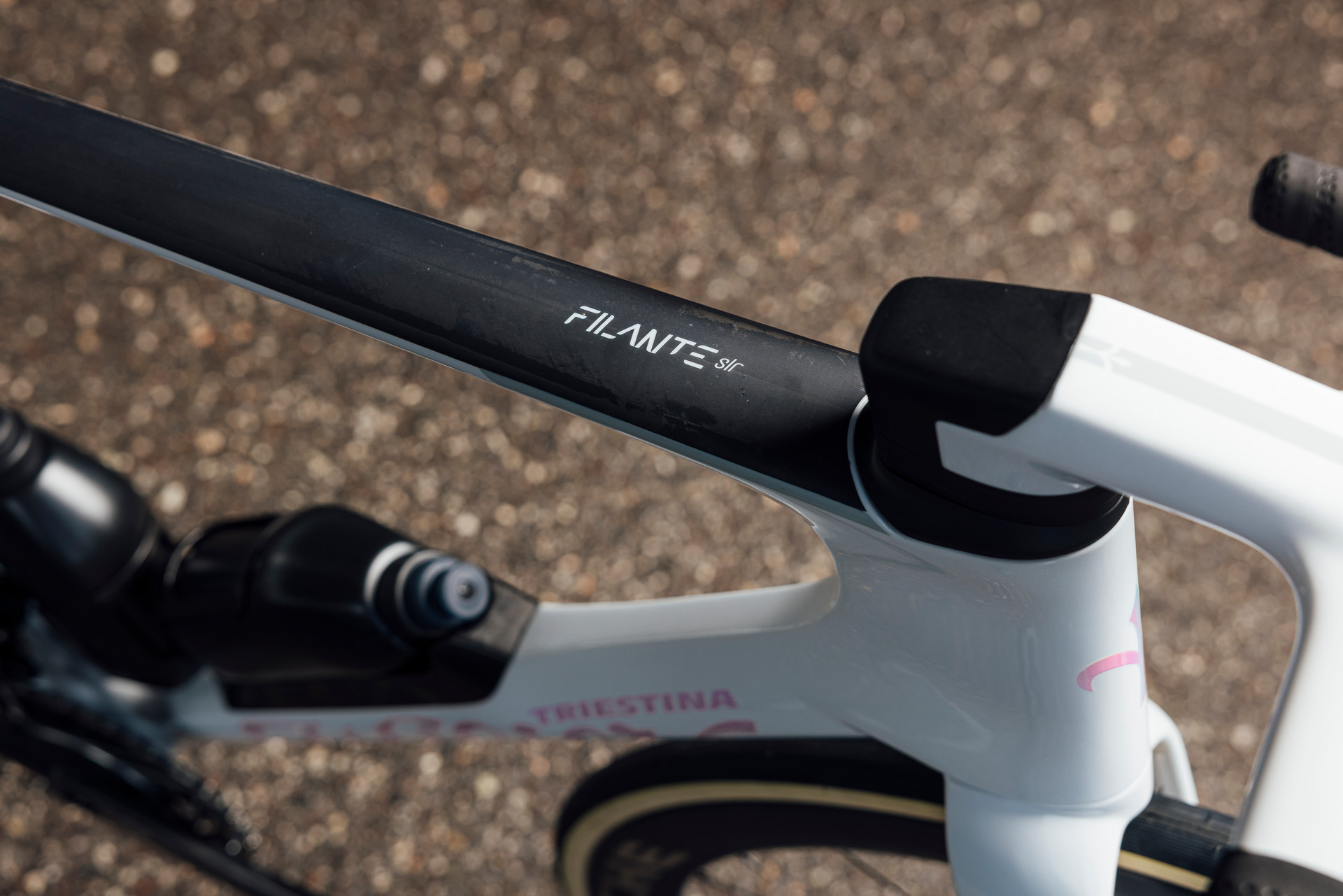
The new Filante frame is constructed using Toray T800, T1100, AND M46JB carbon fibre. There's now clearance for 34mm tyres, an increase from the previous models' 30mm, and 1X setups up to a size 56T chainring can be accommodated. A claimed weight for a Dura-Ace build in an unspecified size (likely medium) is 7.1Kg, so the bike is competitive weight-wise and could probably be made lighter depending on the build.
At the front of the bike, the forks have had a redesign, and there's more of a deeper, bladed shape, especially at the lower end of the fork legs. The drive side dropout is now fully enclosed, meaning you can't see the thread insert for the thru axle. This provides a small aero gain and is present on some of the best aero road bikes, like the Canyon Aeroad CFR, for instance.
The other side of the fork leg has a small partial fairing around the disc and rotor again to aid airflow; this was borrowed from the Supersonica TT bike. The shape of the forks is new, Wilier says it has used a NACA (a series of aerofoil shapes) aerofoil shape tested with CFD (like the rest of the bike), it's essentially a flatter inner leg profile and a specific curved outer. Lastly, the more pronounced fork crown area is said to increase torsional stiffness and improve stress resistance.
There's also a new integrated handlebar and stem, named the F-BAR ID2, which uses a cover to shroud the stem bolts for a cleaner overall design. The bar is available in seven bar widths and five stem lengths; the bars also have an unusual 'orthogonal flare', Wilier calls the O.E.F (optimised ergonomic flare), meaning there's a 3cm width difference between the upper and lower sections of the handlebar drops. Three variations are available: 35/38cm, 37/40cm, and 39/42cm. Wilier claims this improves aero performance and keeps control ergonomics consistent.
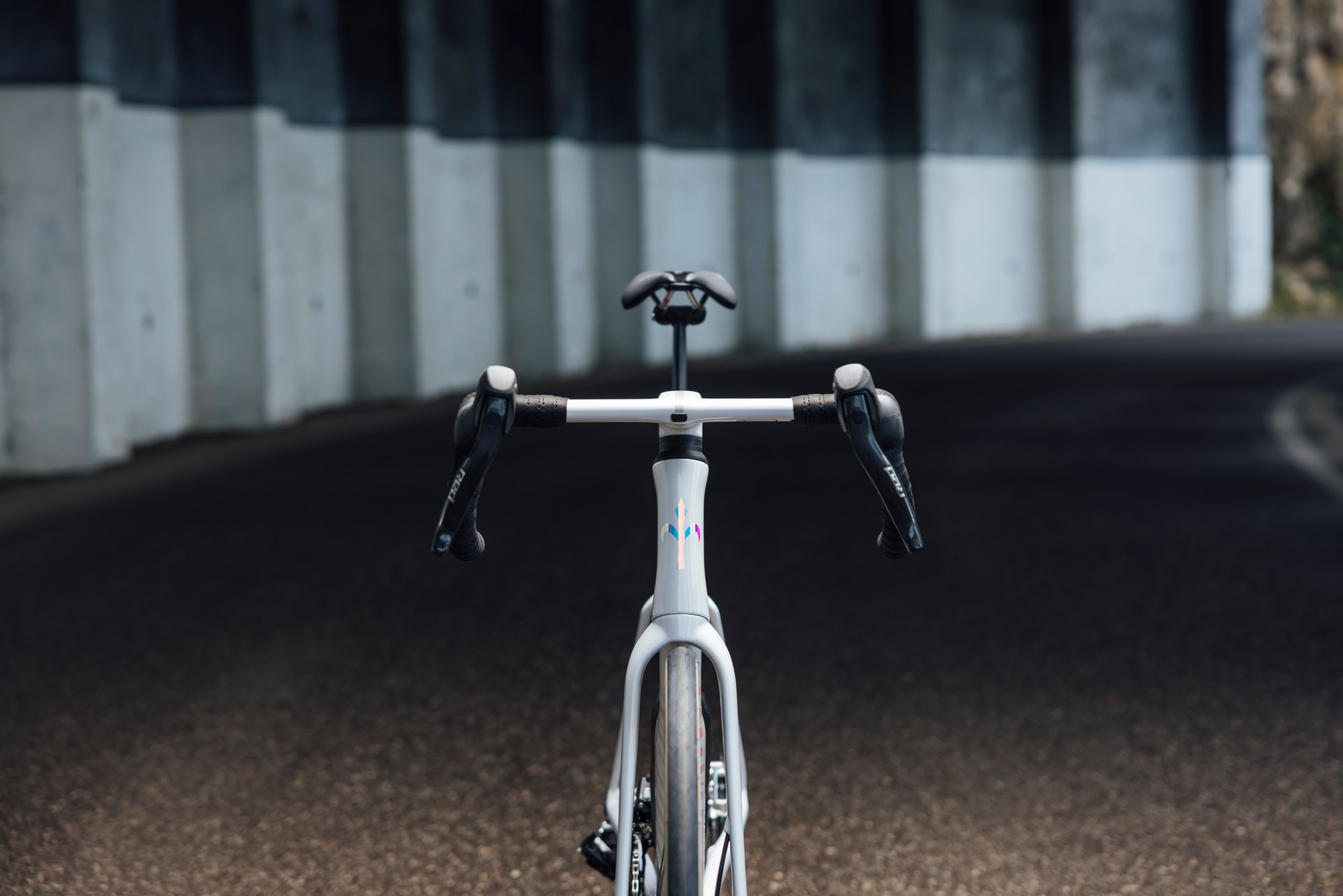
Something of a calling card for the bike is the new Aerokit water bottle system, which is designed to minimise aerodynamic drag and work in tandem with the bike's new downtube. There are a pair of proprietary water bottle cages that interface very neatly with the bike's frame tubes, and a pair of aero water bottles capable of holding a total of 1.1litres of fluid. These are manufactured in tandem with Elite, and standard round water bottles can be used with the cages if needed.
Wilier claim that compared to traditional systems, by which I assume a standard bottle and cage, aero drag is reduced by over two-thirds. The system is designed to act as a spoiler, keeping the air less turbulent as it passes over them. The bike's downtube is also slightly squarer, and this results in part in a stiffer bottom bracket, I'm told.
The seatpost is also new, with a slender shape that apparently struck a balance between aero, comfort and light weight. It's available with 15mm or 0 setback options.
Wilier has also moved the Shimano Di2 battery from the seatpost due to a lack of room due to the new design to a custom resin casing above the bottom bracket. The brand cites improved accessibility, thanks to two screws and a lower position on the bike, as two advantages in this department. Wilier cites getting weight lower down on the bike, no matter how small, as an advantage; it's a point I hadn't considered before in relation to a battery and housing, but it makes sense.
Lastly, in the update department, the rear triangle has been lengthened, improving stability, aiding the 34mm tyre clearance, and better facilitating newer groupsets with a UDH hanger. There's also a clean recess and cover for a Shimano powermeter magnet to sit in.
The seatstays themselves have also been angled in by 2.5 degrees, providing another claimed aero gain, and the rubber seatpost clamp cover has been smoothed into the top tube instead of sitting proud.
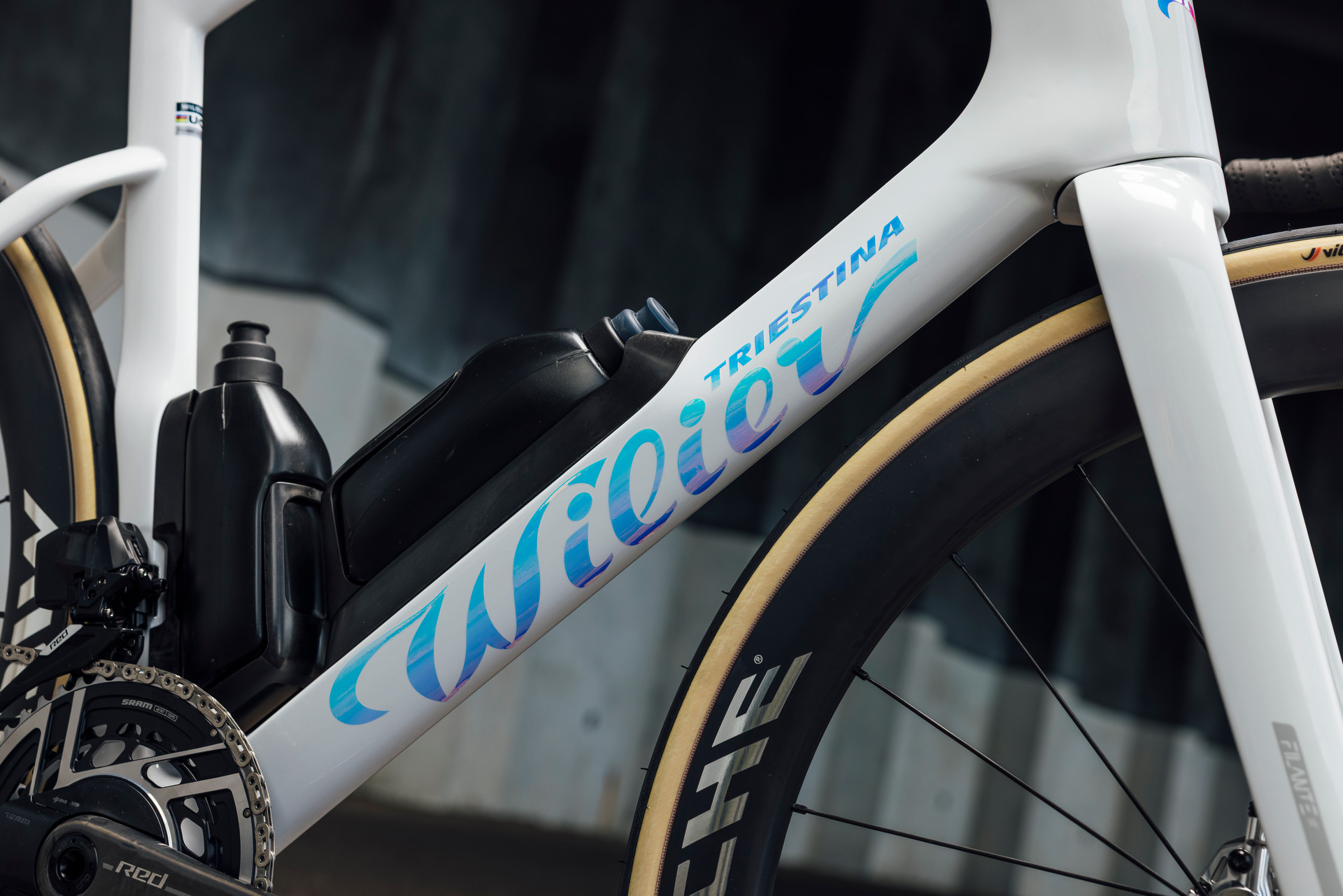
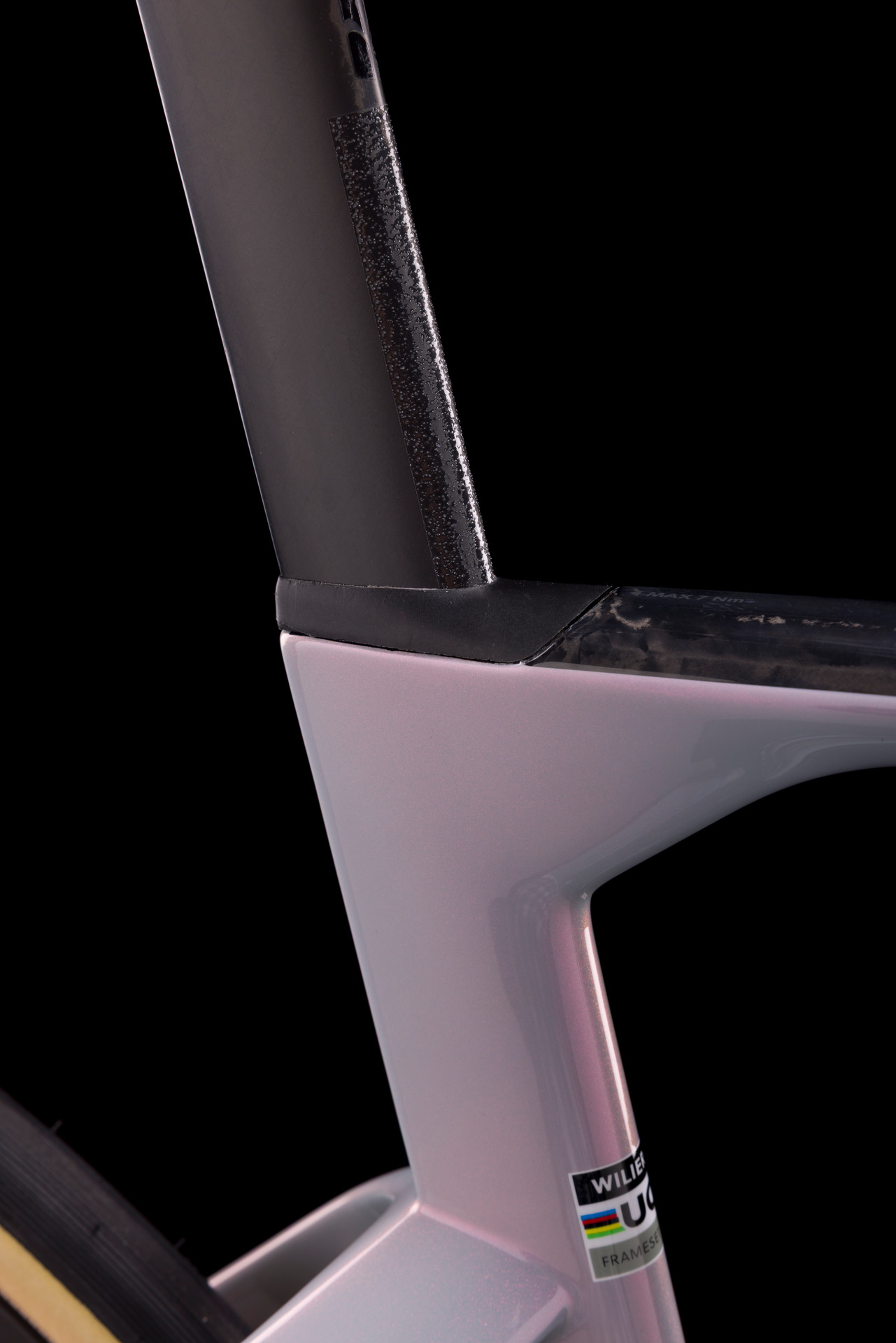
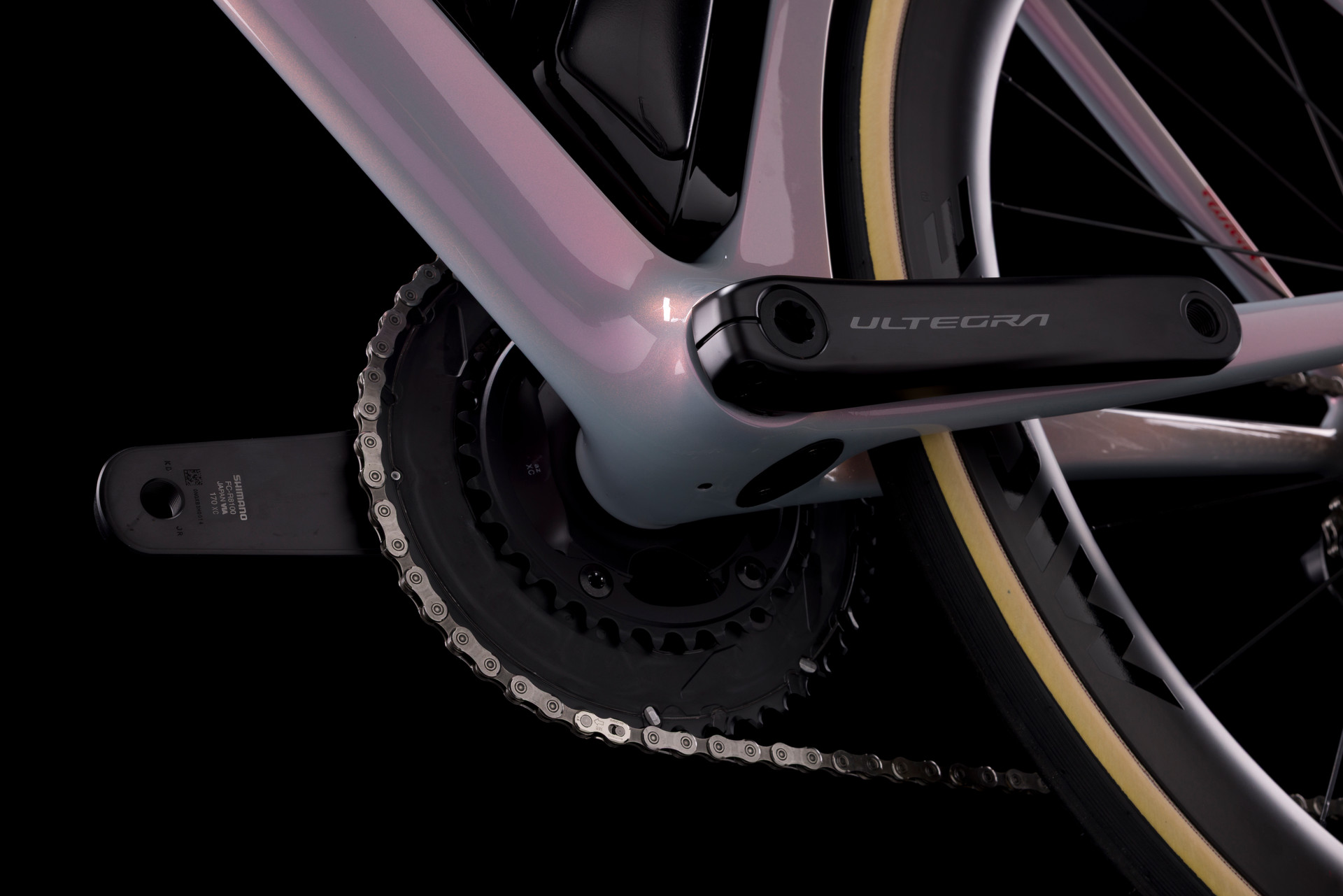
Aero testing
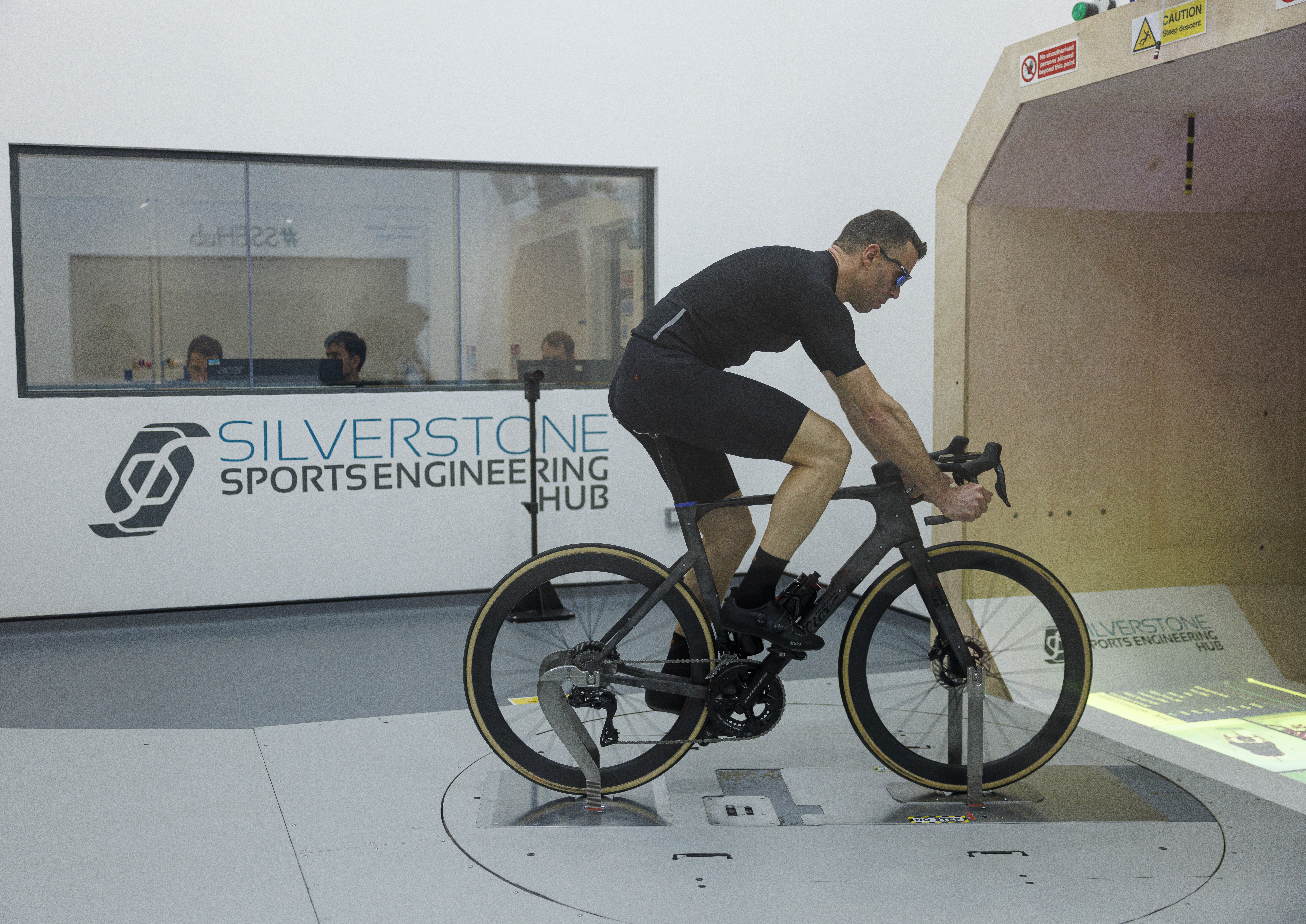
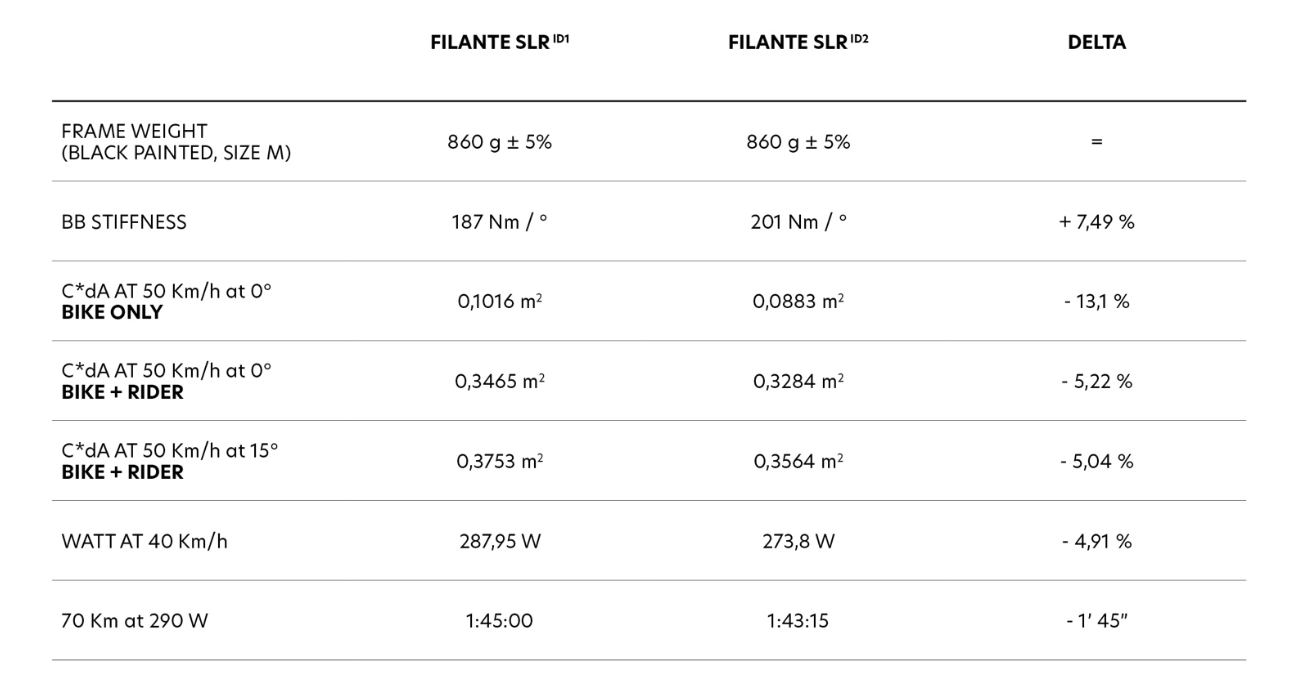
As mentioned, Wilier used a combination of CFD modelling, wind tunnel and some pro rider testing in the development of the Filante ID2.
The brand attached a white paper with the bike's press material. And goes into some detail of the process. A 3D model of frame, fork and handlebar was designed and then analysed using CFD software. An example the brand cites is analysing several NACA fork profiles with wheel and tyres using CFR and simulating real-world use cases.
Wilier claims the latest test session for the bike alone exceeded the CFD drag reduction number, beating it by 1.6%. I have also asked what the brand attributes this to.
The entire Filante testing protocol isn't outlined, often the case with brands producing a snappy PR, though we will ask.
Here are some of the final quoted figures and claimed savings:
At 40km/h, Wilier claims the Filante SLR ID2 creates a saving of 8.9 watts with standard cages and holders and 9.47 watts with the Aerokit bottle system compared to the old bike.
At 50km/h, this increases to 19.13 watts with standard round bottles and cages and rises to 21.20 watts.
With a rider on the bike, at 40km/h, the gain is 11.51 watts and 14.15 with the Aerokit. Then at 50Km/h, it's 24.55 and 28.80 watts respectively.
We hope to test a Filante SLR ID2 ourselves in our next CN Labs superbike test to see how it fares against the competition for even more insight.
Geometry and sizing
The Filante SLR ID2 will be available in six frame sizes, with seven bar configurations, five stem sizes and two seatpost options, so plenty of choice to get fit right.
Overall geometry has changed from the Filante ID1 compared to the ID2; I'll compare a medium-sized bike. For a medium model, the SLR ID2 is 2.9mm longer, with a 3mm taller stack, and a 1.5mm shorter reach. The seat tube and head tube angles are almost identical, the head tube being just half a degree steeper.
They are small changes, but the new bike is shorter, taller (though the head tube is lower), longer and slightly steeper at the front by a small amount. We suspect these changes have been made to make the bike a little more user-friendly while adding more stability at speed.
Prices and Specs
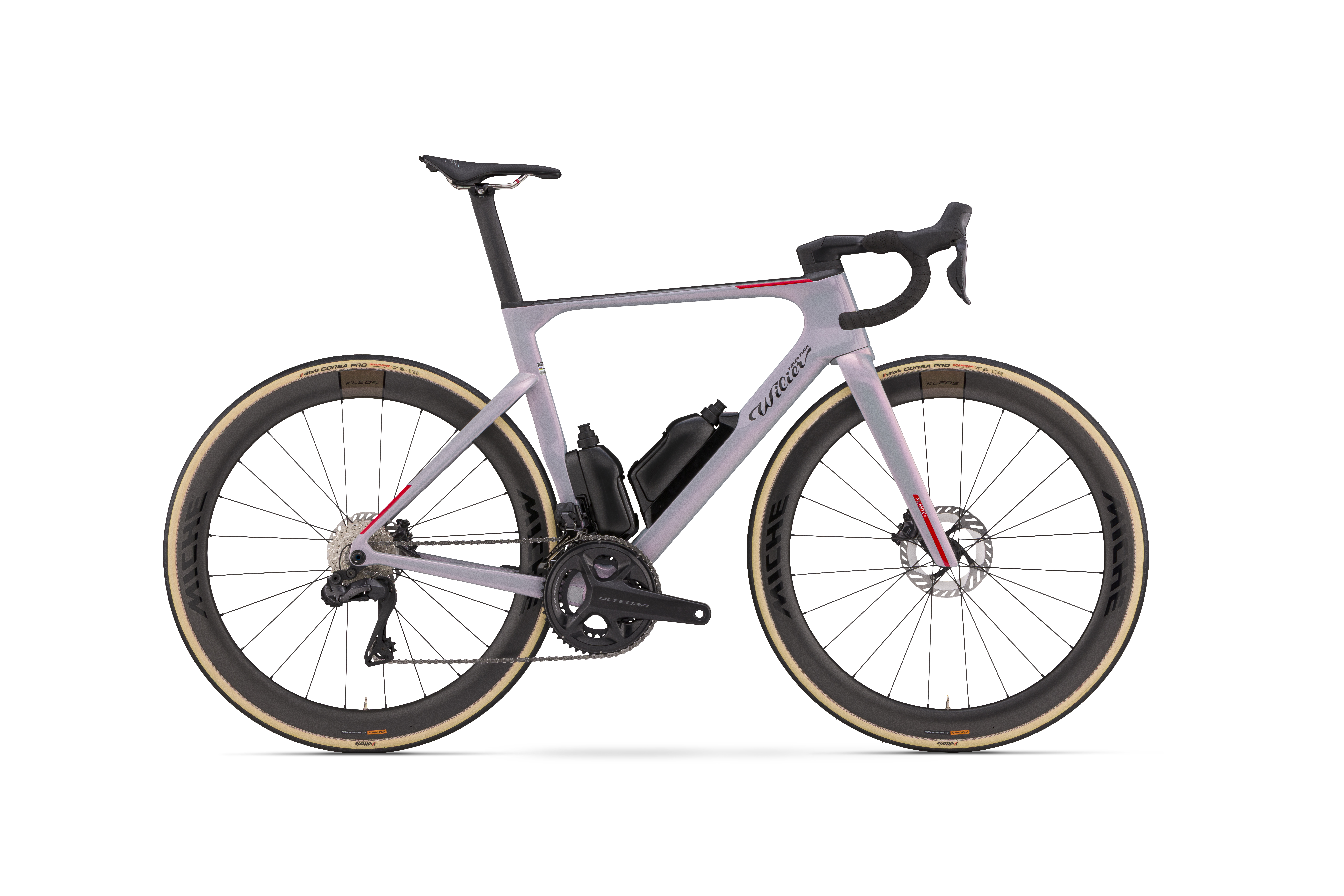
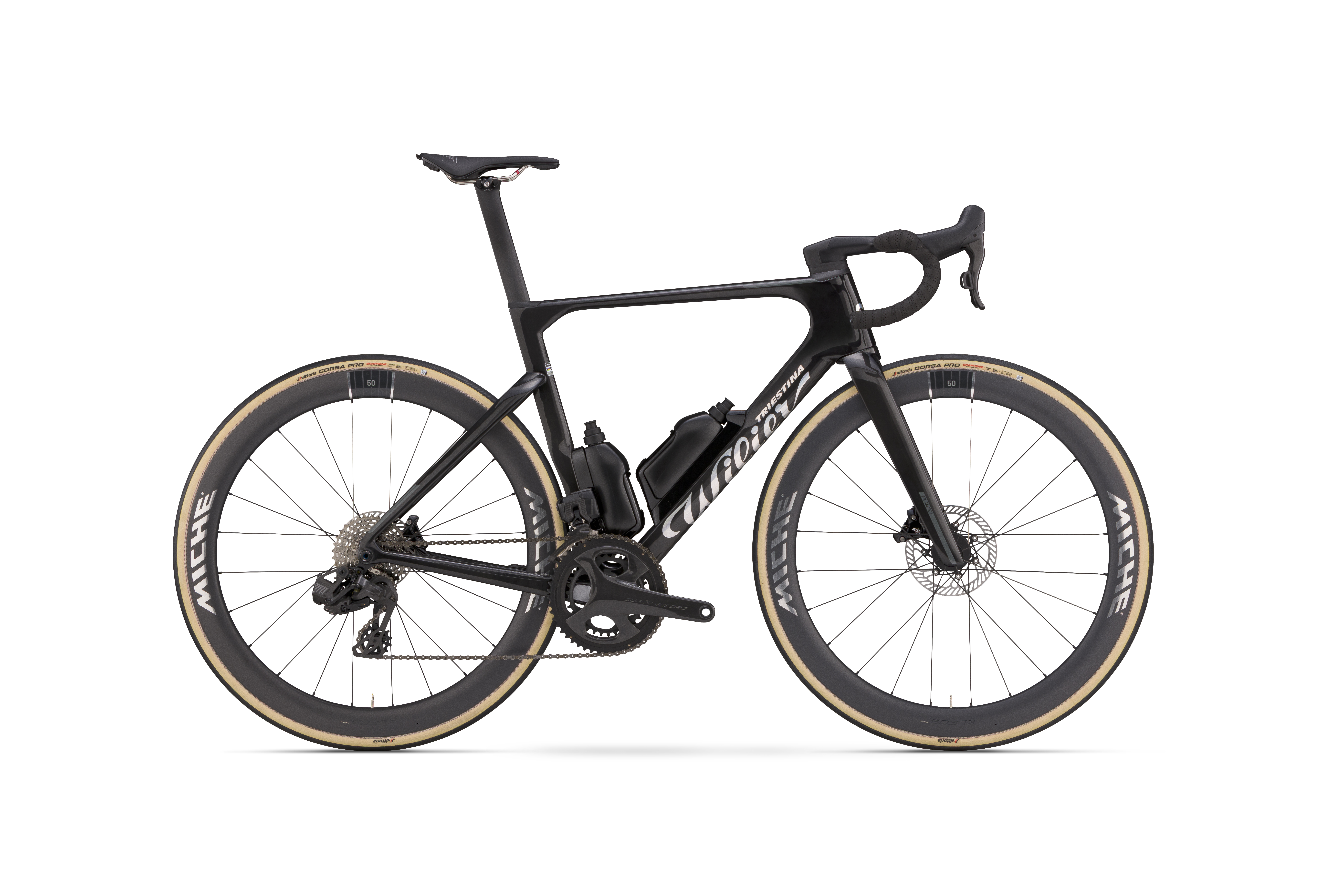
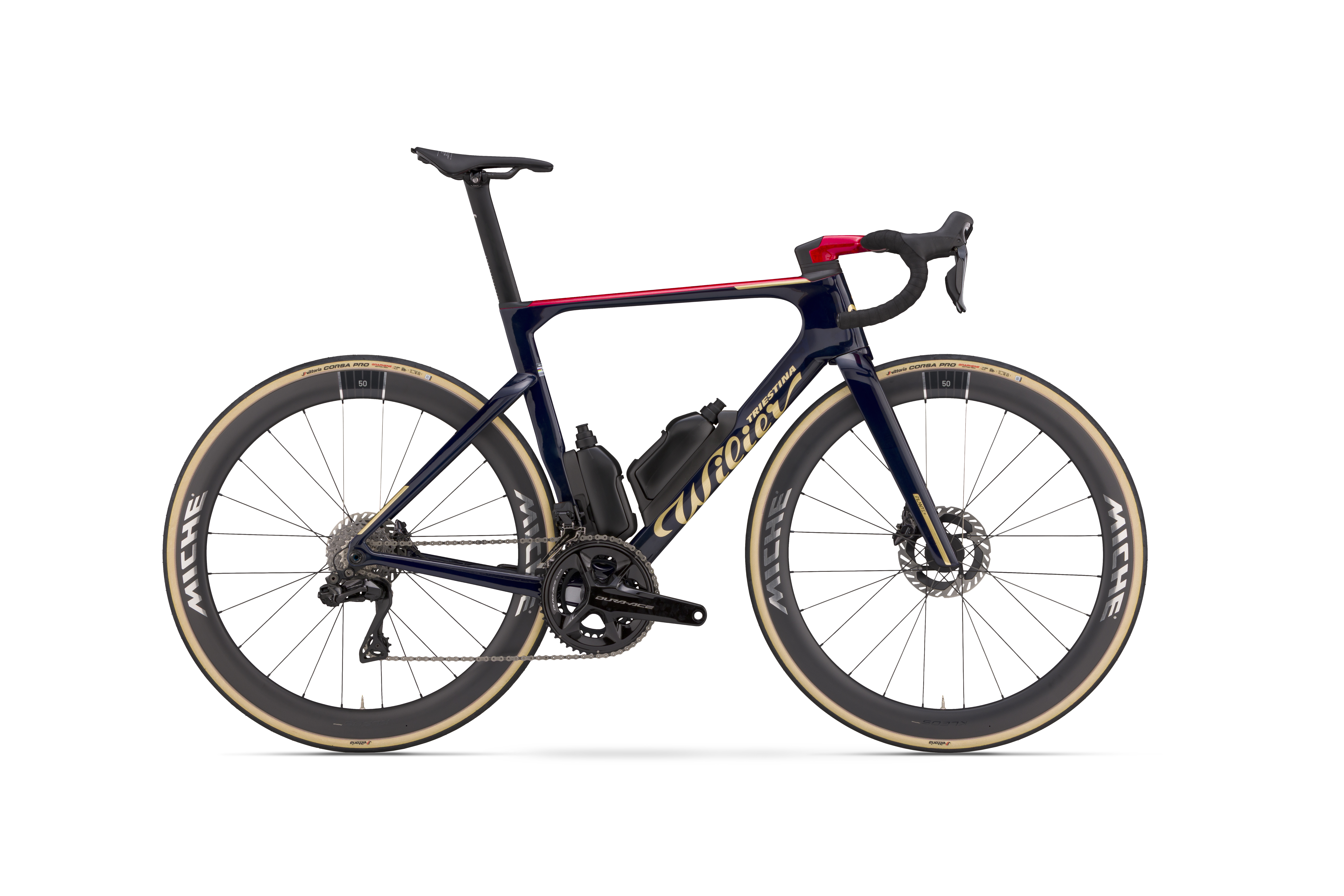
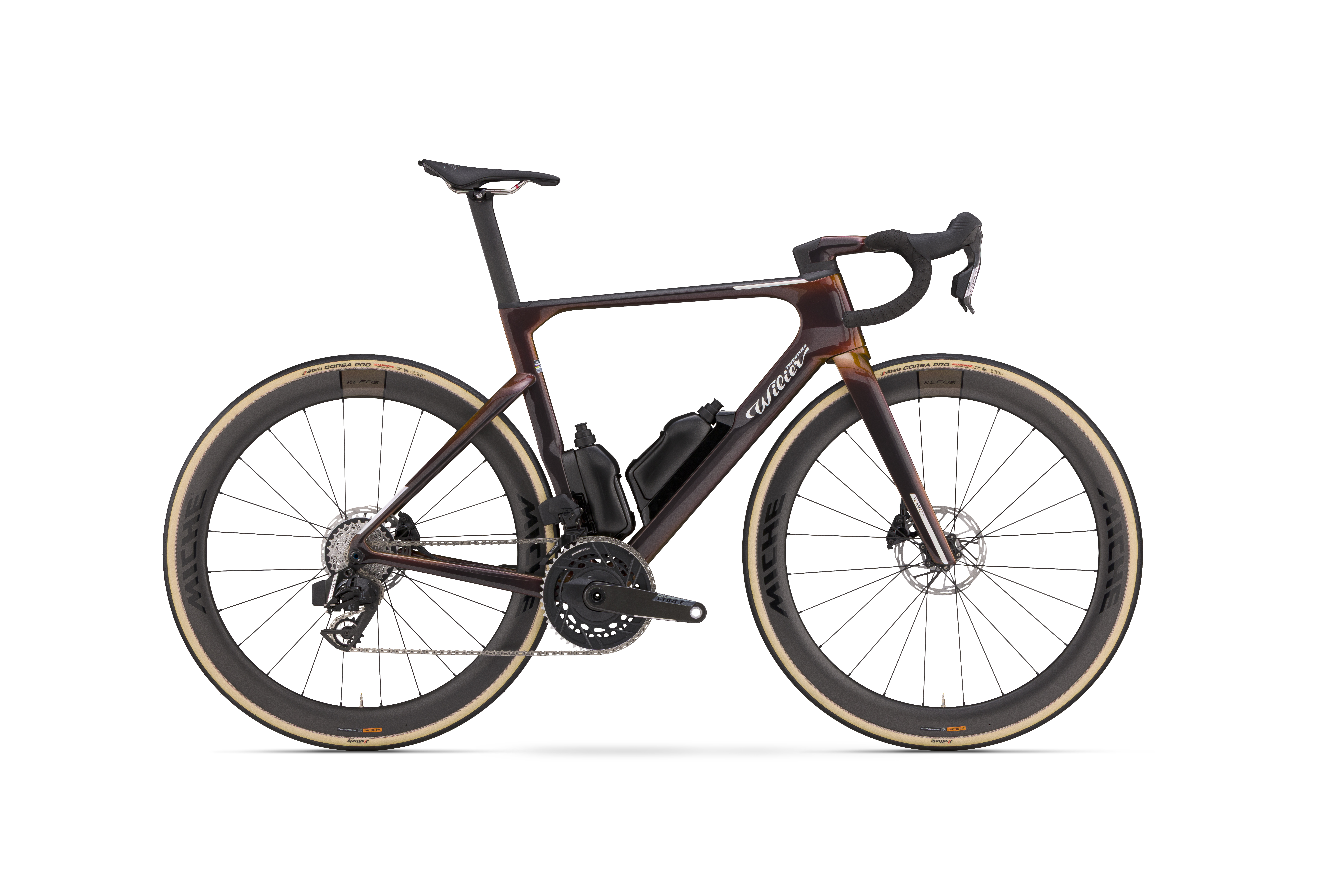
Below is a full breakdown of specs and pricing for the bike. It's rare to see build options from all three major groupset suppliers, but Wilier has managed it here.
Miche is part of the Wilier group, which explains the Miche Kleos wheel specs and the wheels are handmade in Italy. You can check out our Miche factory visit here.
The Filante ID2 will be available in five paint finishes: Pure white (which can be seen in the pictures), Solar bronze, Aurora blue, Lunar grey, and Eclipse black. I saw all the paint options at the launch of the bike, and they all look pretty lustrous and glossy.
Model |
Spec |
Price |
Filante SLR ID2 frameset |
N/A |
£5,500 / €5,800 / $TBC |
Filante SLR ID2 |
Campagnolo SR WRL 13 |
€13,100 / $15,900 |
Filante SLR ID2 |
SRAM Red AXS PM |
€12,900 / £11,650 / $14,950 |
Filante SLR ID2 |
Shimano Dura Ace + PM / Ceramic Speed wheel bearing upgrade |
€12,700 / £11,450 / $14,800 |
Filante SLR ID2 |
Shimano Dura Ace + Ceramic Speed wheel bearing upgrade |
€11,900 / £10,750 / $13,900 |
Filante SLR ID2 |
Shimano Dura Ace |
€10,900 / $12,900 |
Filante SLR ID2 |
Shimano Ultegra Di2 |
€9,700 / £8,750 / $11,500 |
Filante SLR ID2 |
SRAM Force AXS + PM |
€10,300 / £9,300 / $12,300 |
Filante SLR ID2 |
SRAM Force AXS |
€9,900 / £8,950 / $11,700 |







